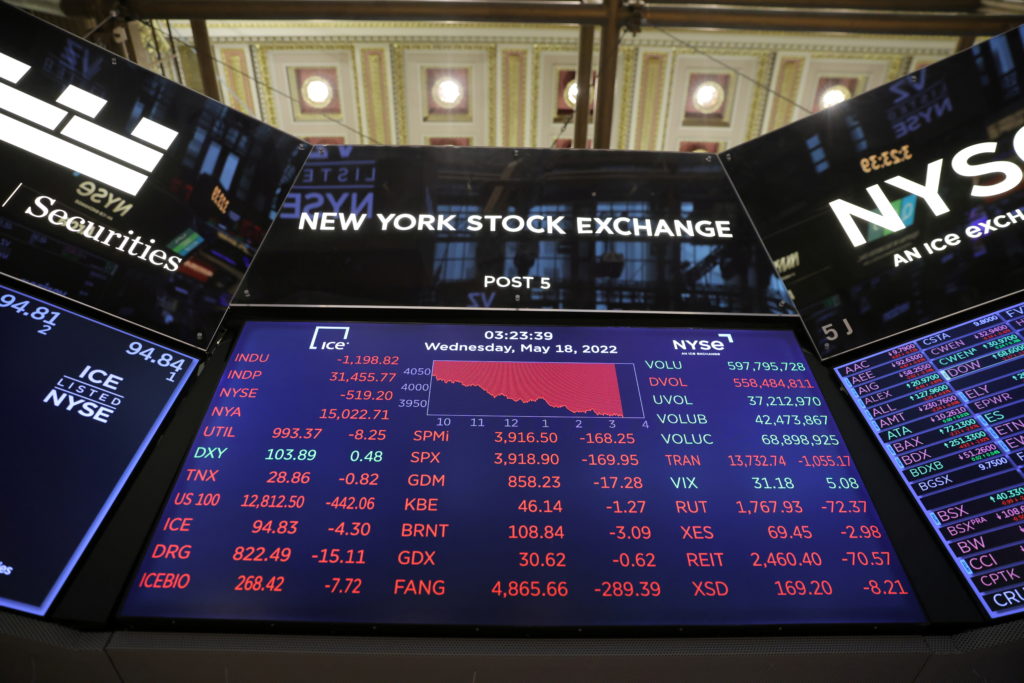
- Stocks
US markets closed with records on Friday
Do you want to know how to make money from this?
Register for free and get expert advice, access to a training course and webinars.
Key points:
- All three major US stock indexes hit new records.
- The S&P 500 index has risen 11% since the beginning of the year, recouping a more than 4% decline in April.
- Important event of the week: publication of Nvidia’s quarterly reports.
This week’s rise in the US stock market to record levels may continue, as it is driven by factors similar to those that led to past recoveries.
New signs of a slowing economy in May eased concerns about inflation, which in turn pushed all three major US stock indexes to new records. The S&P 500 index, which fell more than 4% in April, has already risen 11% since the beginning of the year.
Historical trends
Analysts who study historical patterns note that after corrections of the same depth, stocks tend to show steady growth, often continuing to rise even after recouping losses.
If the current market rally follows this pattern, we could be in for an even more significant rally. For example, previous recoveries in the S&P 500 have seen 5% corrections followed by an average gain of 17.4%. On Friday, the index was already up nearly 7% from its April lows.
Investors are linking optimism about further gains in stocks to renewed belief in a soft landing for the economy, as well as expectations for continued strong earnings.
What characterizes the current market situation?
An important event of the week will be the publication of quarterly reports from Nvidia, a semiconductor manufacturer whose shares have risen amid interest in artificial intelligence. The company’s results will likely affect the entire market dynamics.
Investors will also be watching capital goods and consumer sentiment data to see if they indicate enough economic slowdown to argue for interest rate cuts this year.
It’s worth noting that after market corrections, those S&P 500 sectors that led the recovery phase outperformed the overall market 68% of the time. The technology (.SPLRCT), utilities (.SPLRCU) and real estate (.SPLRCR) sectors led the latest rally, posting gains of 11.3%, 10.1% and 7.9%, respectively. All 11 S&P 500 sectors are currently above their 200-day moving averages. In the past, when at least nine sectors were above these levels, the average annual return of the S&P 500 index from that point forward was 13.5%.
Despite the encouraging indicators, Fed officials have not yet changed their position regarding the timing of interest rate cuts, which many investors believe should happen this year.
Another thing to consider is that many stocks are overvalued, with the S&P 500 trading at a P/E ratio of 20.8, well above the historical average of 15.7, according to LSEG Datastream.
Do you want to know
How to make money from the news
Register for free and get:
- Expert consultation;
- Access to the training course;
- Opportunity to participate in webinars

